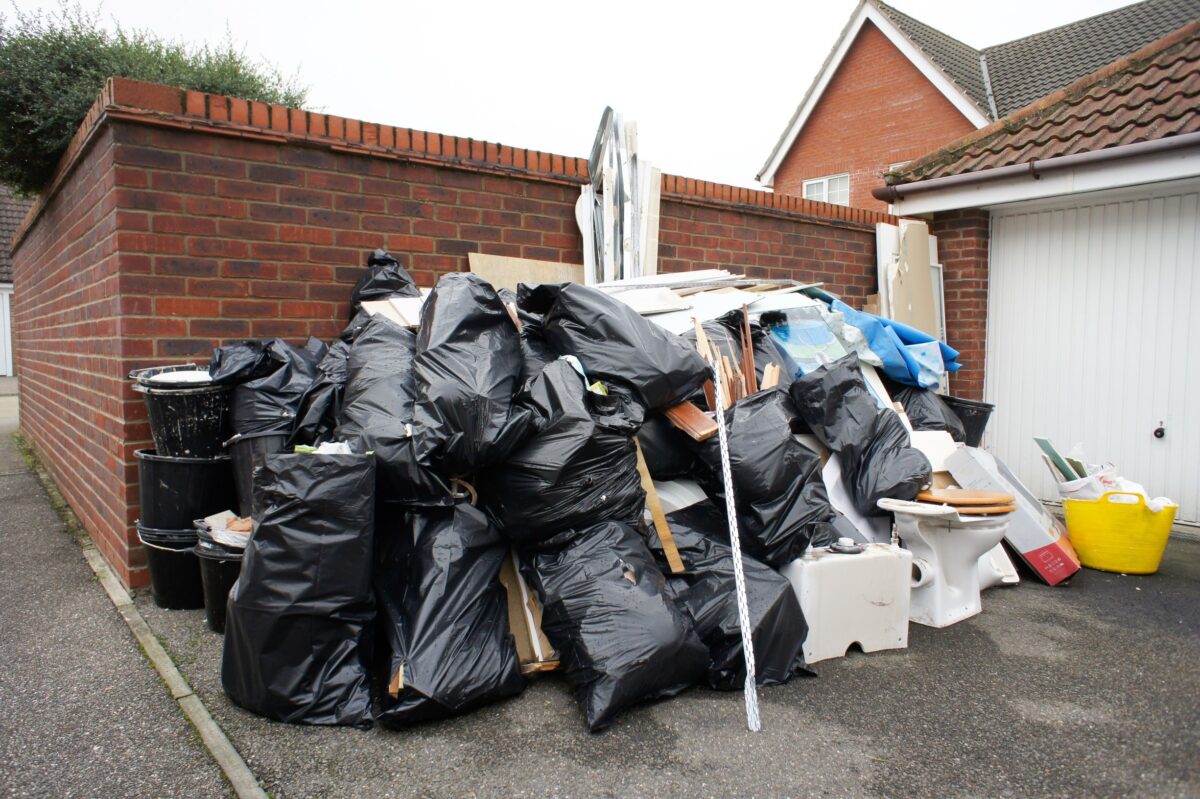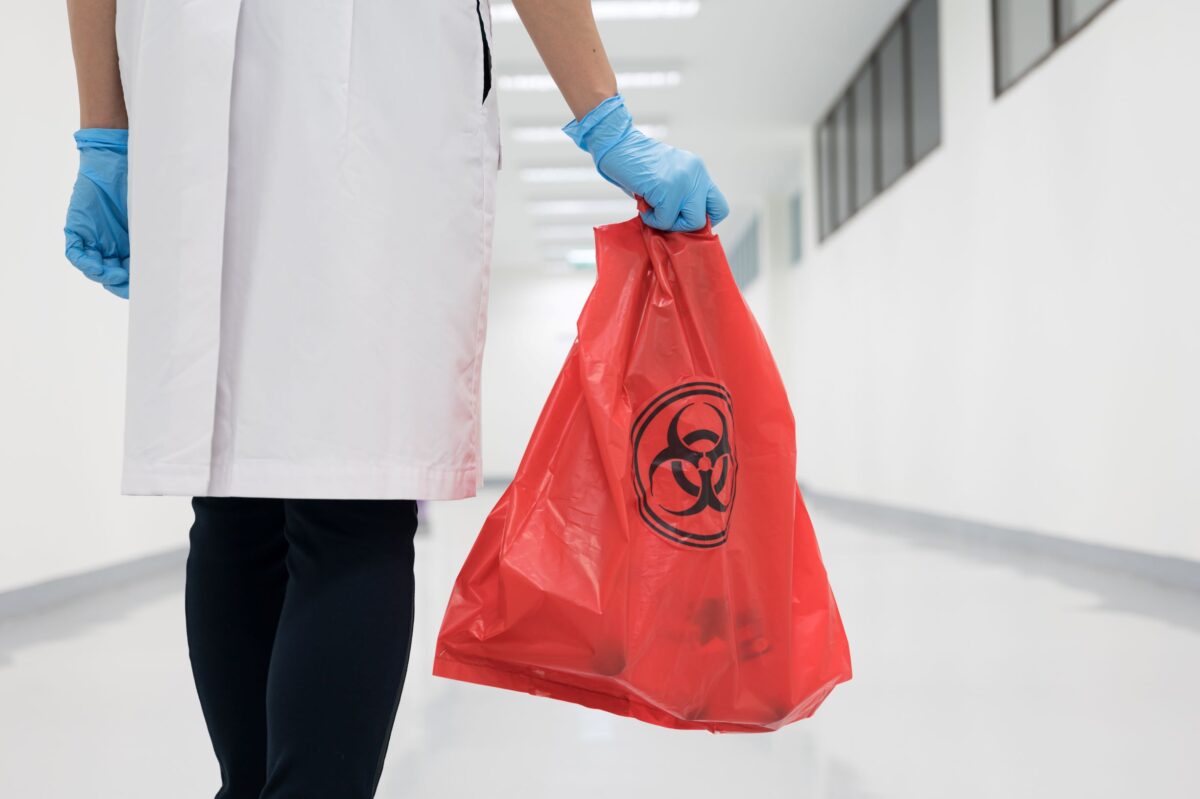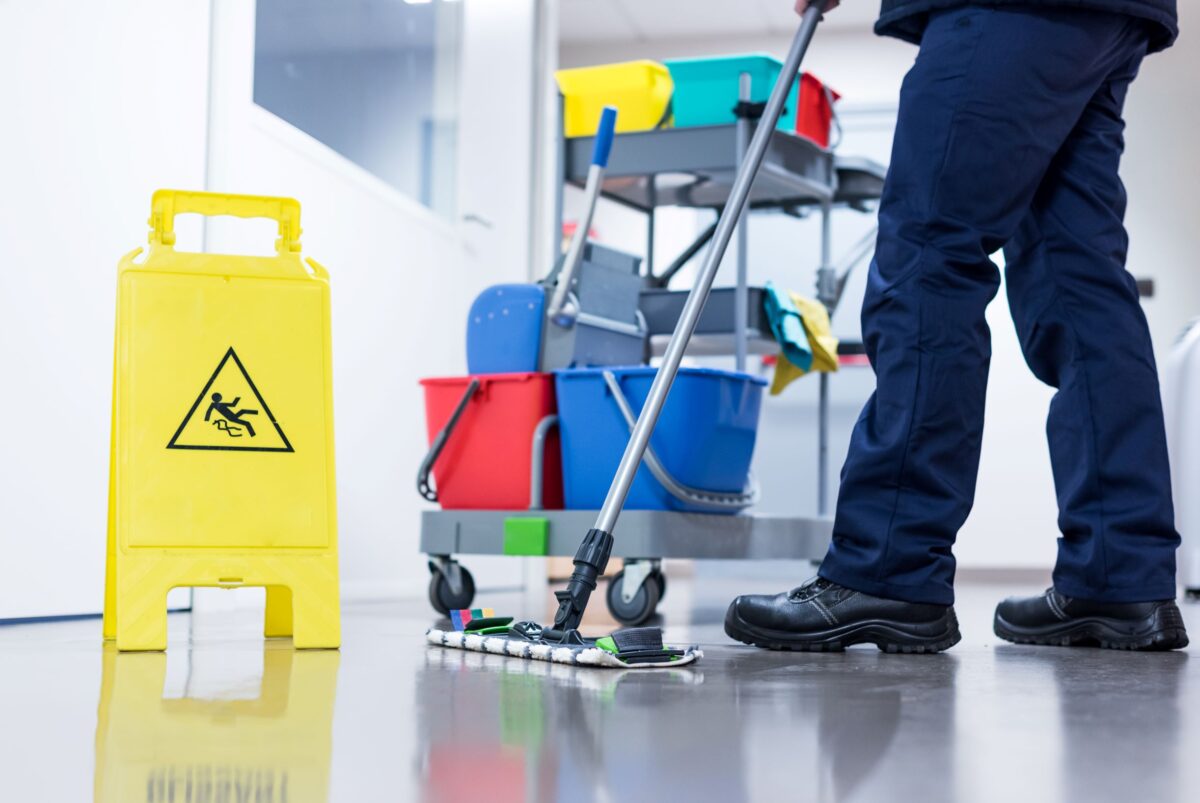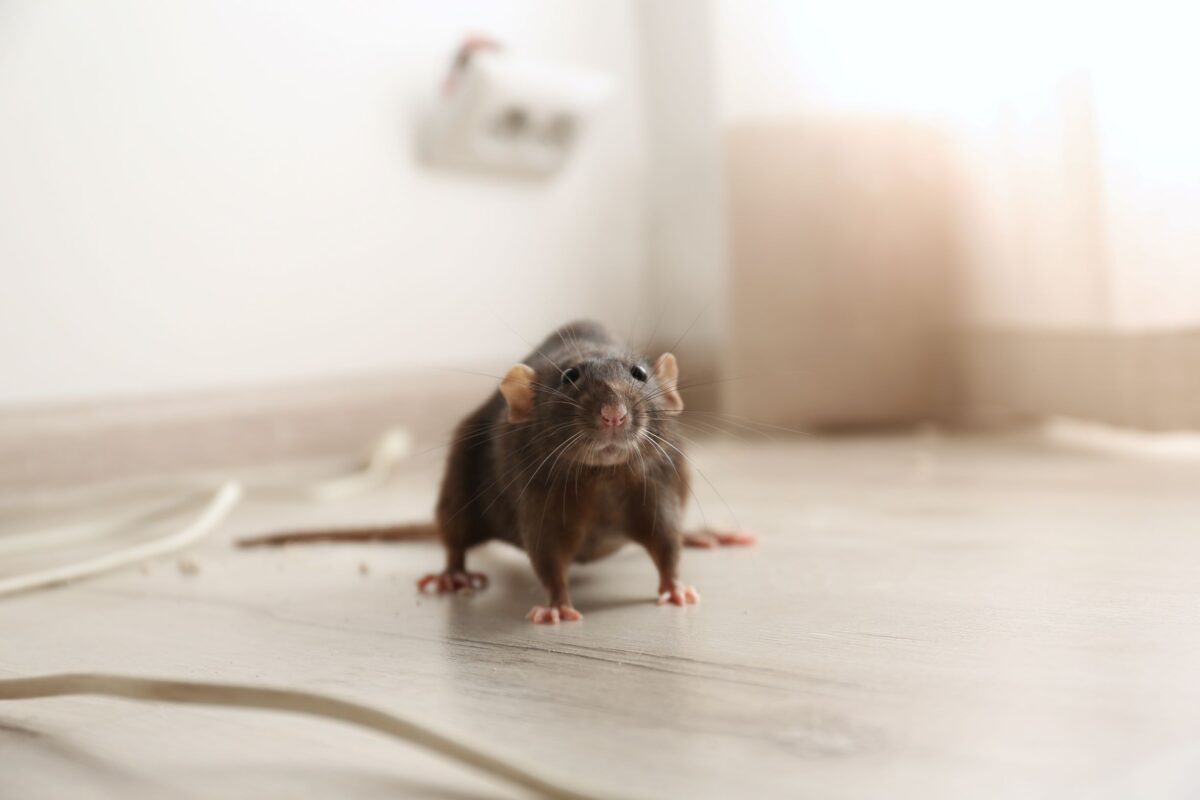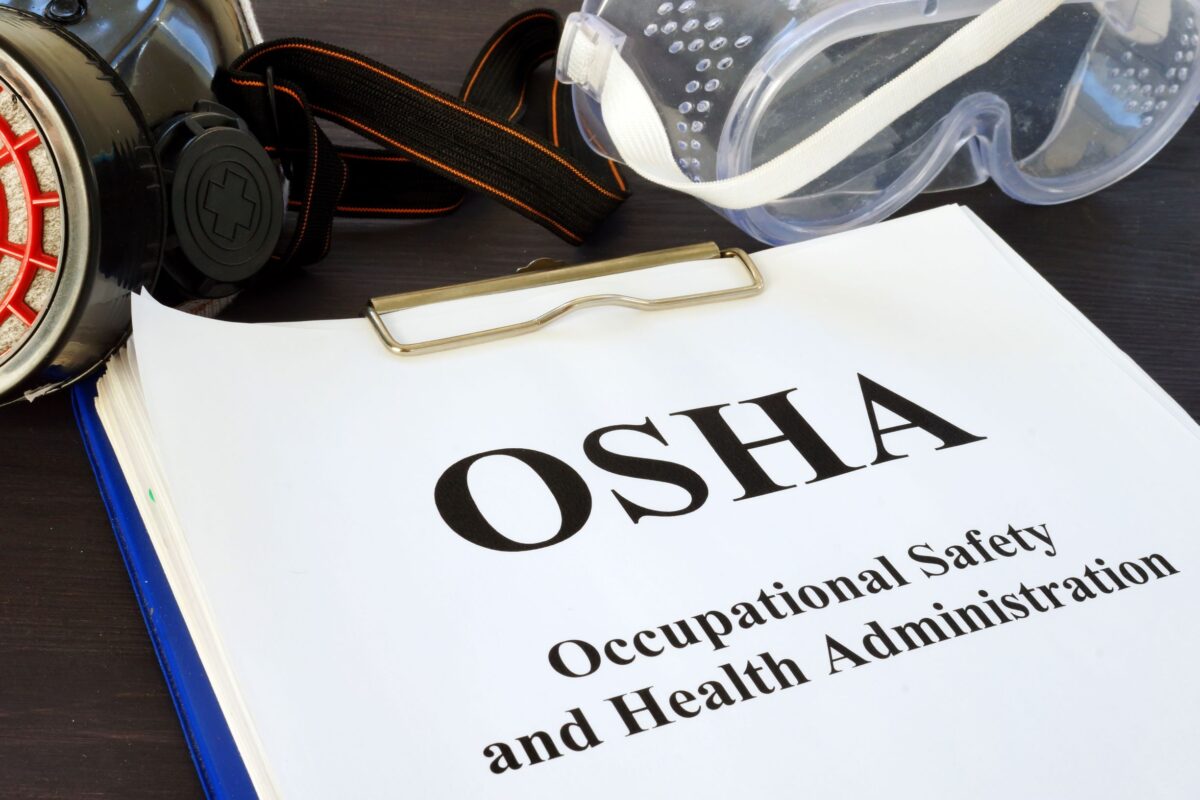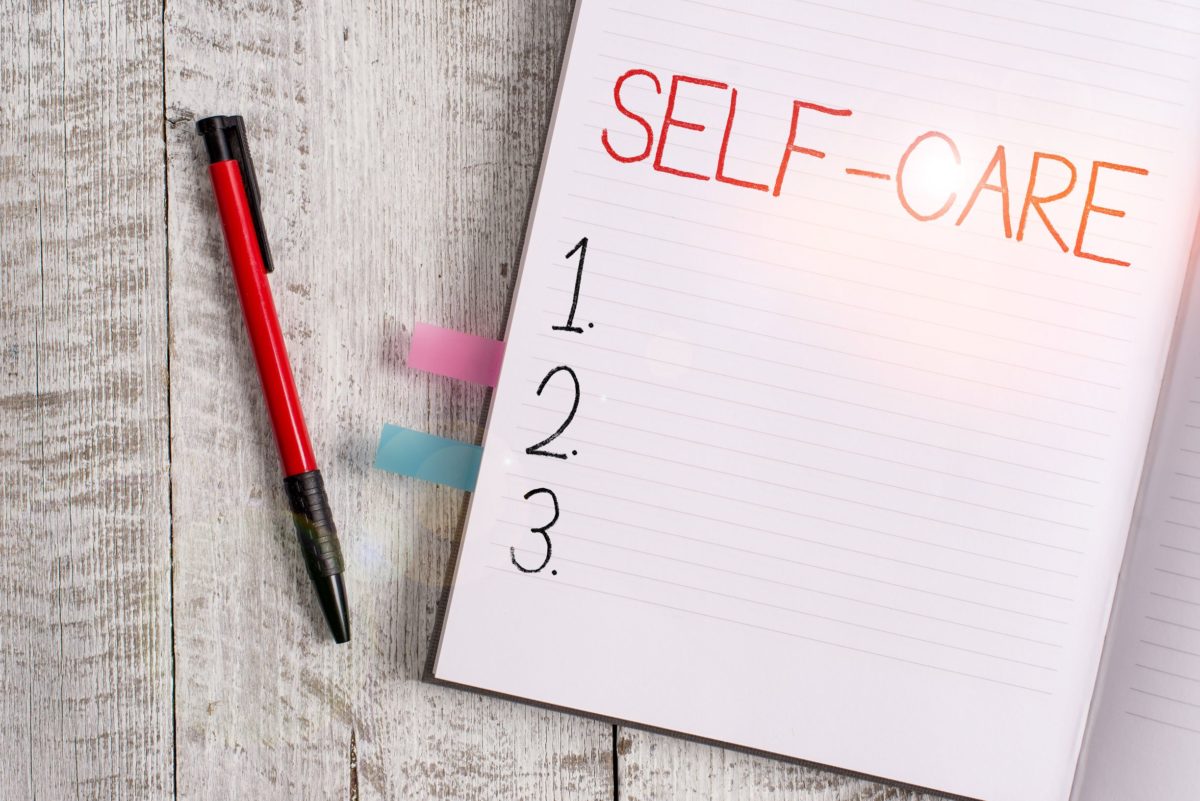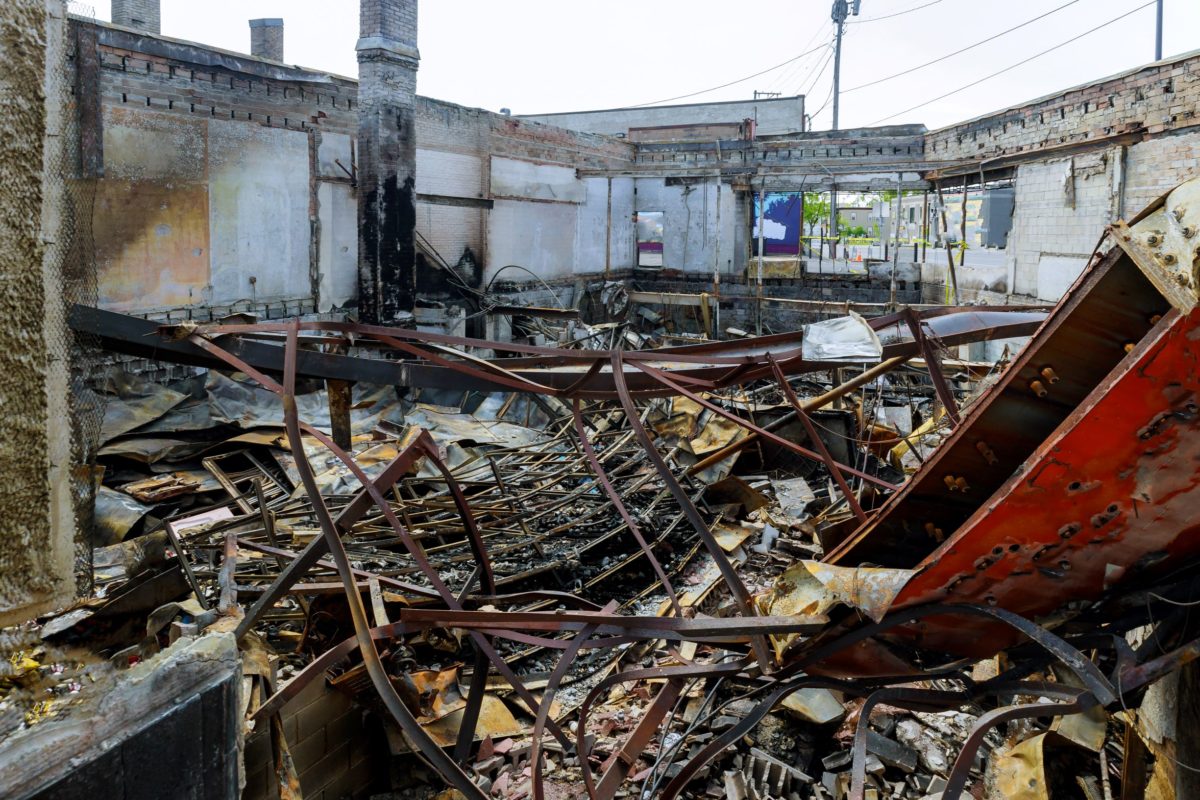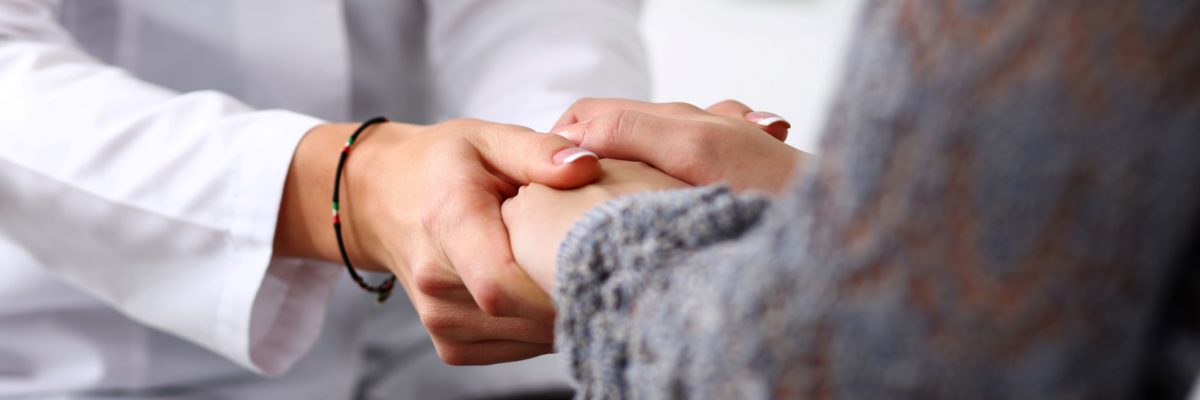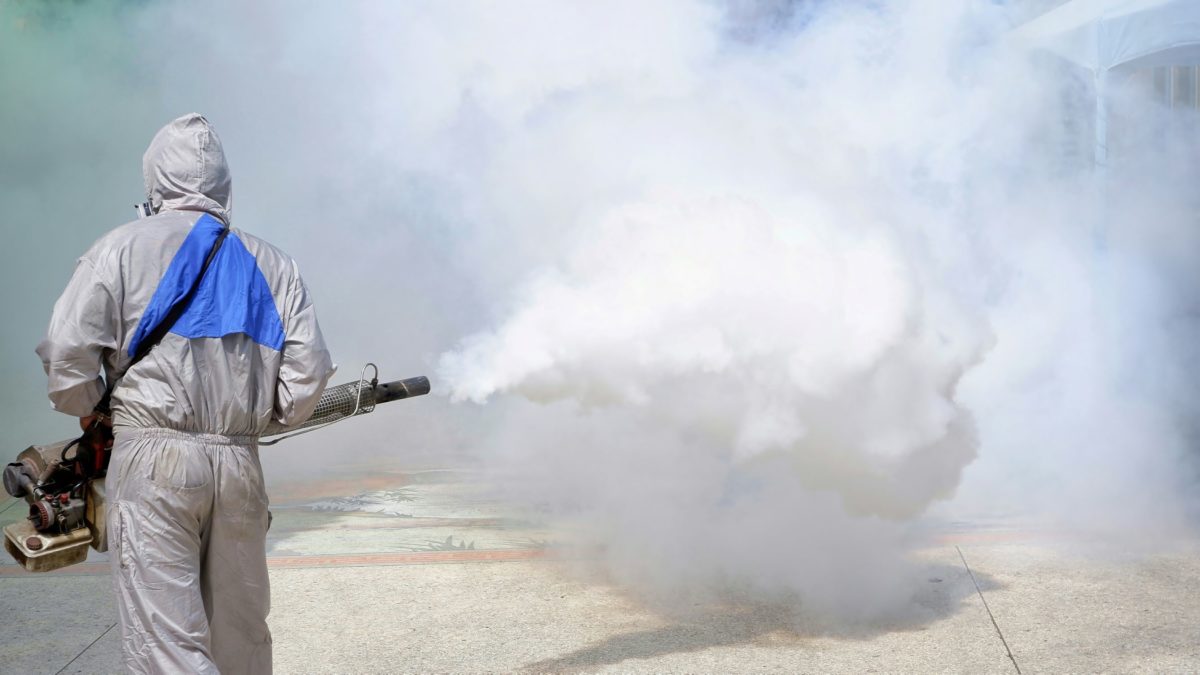It’s something just about every single landlord has to go through at some point, unfortunately, the experience doesn’t make it easier. Opening the door to your rental property only to find the inside looks like a trash bomb went off, tearing up rugs, blasting holes into walls, and covering the baseboards with who knows what. Whether they had to be evicted or left on their own terms, the mess left behind is now yours to deal with. Aside from using their security deposit, here is what else you can do to clean up your rental!
Post Tenant Cleanup Survival Guide!
If your tenant was evicted, there are a few things you’ll want to be sure to consider to make sure you’re not on the wrong side of a lawsuit (even if they were evicted legally).
First, before doing anything with what may be left behind, be sure to look at and understand your state’s laws when it comes to tenant rights. Specifically, look for info surrounding these topics:
- Recouping Lost Rent
- Holding Property
- Notifying the Tenant
Personal Property, Recouping Damages & Rent or Holding
Recouping Damages
In some states, you are allowed to do what you wish with anything left behind in a home following an eviction, as long as the tenant owes you for rent or damages done to the property – but this isn’t possible in every state. You may be required to lodge a formal complaint and sue before being able to do anything with potential valuables.
Holding Property
Similarly, in many states, the laws on what can be done with personal property vary. Many places require that you hold on to any property of an evicted tenant for at least 30 days for them to claim. Usually, this comes with a caveat that you are able to relocate and organize the items as needed so that you can take care of the property and get it in rental shape again. So before you get to work selling or dumping the property, make sure you know your legal requirements.
If you do have to store the property, you can usually recoup any costs associated with storage as well, requiring the previous tenant to pay for the storage fees before the property is released.
Notifying the Tenant
Along with knowing how and when you have to hold and store property or use it to recoup money, there are legal stipulations on how you have to notify the former tenant about these belongings. It may include a set waiting period, a means by which the notification has to occur and more – so understand those requirements before you start.
Okay, with those considerations… considered, it’s time to start looking at the actual cleanup process!
Cleaning Up
The eviction process is rarely simple and easy. Tenants may be unwilling to leave, causing them to lash out, destroy walls, break doors, or even do downright disgusting things involving bodily fluids and waste. Whatever may have happened in your property you need to approach it from a place of caution.
One of the most common items left behind that can create a hazardous environment for cleanup crews is food, believe it or not. Food left behind to rot in the fridge can begin to go moldy, and if left unchecked can contaminate the entire fridge.
Another possibility? Fecal matter. It’s disgusting but it’s true, you might find that your house was left with human waste where it shouldn’t, and that odor can permeate the floors, walls, and ceiling if not cleaned quickly.
Cleaning up garbage and wiping down floors and walls are all things that you should feel comfortable tackling yourself, if you have to, but when it comes to biohazardous materials don’t touch it! Call in experts who know how to remediate a house quickly, and effectively, and get the job done right in one go. We have the skills, experience, and equipment available to get the results you need for your rental property to be livable again. Especially when it comes to lingering smells, you don’t want to have to deal with this problem again and again with your new tenant months down the line.
So, do you need expert professional help getting your property livable again? Give the BIOClean Team a call – we’re here to help.

